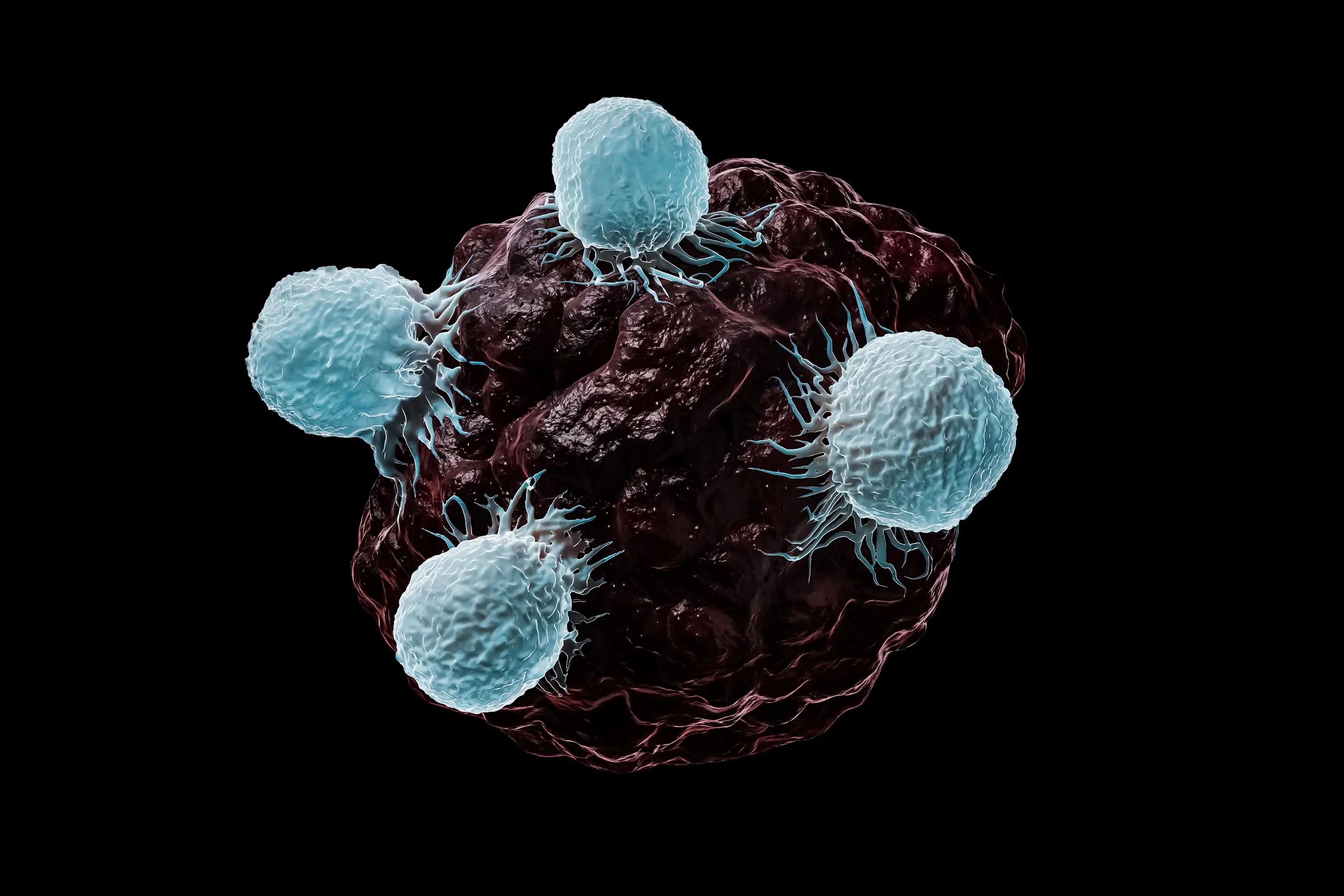KEY TAKEAWAYS
- The phase III trial aimed to compare the efficacy and safety of low-dose OLZ with single-dose dexamethasone vs. standard-dose OLZ with triple antiemetics for prevention of CINV in HEC patients.
- The primary endpoint was to determine CCR.
- Low-dose OLZ demonstrated non-inferiority to standard dose in controlling CINV without delayed steroids, and superior efficacy in DTS, suggesting it as a promising steroid-sparing antiemetic regimen for highly emetogenic chemotherapy.
Cancer patients commonly face chemotherapy-induced nausea and vomiting (CINV), a significant adverse event (AE). While standard-dose olanzapine (OLZ) with triple antiemetics (TAE) effectively addresses CINV in highly emetogenic chemotherapy (HEC), its widespread use is hindered by substantial daytime somnolence (DTS) and concerns about steroids-related side effects.
Joyti Bajpai and her research team spearheaded the study that aimed to assess efficacy of low-dose OLZ (2.5mg) for CINV in HEC, targeting DTS reduction, compared to standard 10 mg OLZ with TAE, addressing steroid-related side effects.
The study included solid tumor patients undergoing anthracycline-cyclophosphamide & high-dose cisplatin chemotherapy and they were randomized (1:1) to receive either 10mg OLZ (standard arm) or 2.5mg (experimental arm) until day 4 with TAE regimen. The TAE included 5-hydroxytryptamine type 3 (5-HT3) receptor antagonists and dexamethasone (SD, without delayed doses), along with neurokinin-1 (NK1) receptor antagonists in both arms.
The study’s primary objective was to evaluate Complete Control Rate (CCR) – no emetic episodes (EE), no rescue medication (RM), no/mild nausea in overall phase (OP) =0-120h in both groups. Secondary objectives were to compare CCR in acute (AP) and delayed phase (DP); CRR in AP (0-24h), DP (25-120h), OP; Total Control Rate (TCR) in AP, DP, OP; Time to Treatment Failure (TTF); Incidence of significant DTS. Tertiary objective was to assess impact on appetite loss. Daily records captured nausea, EE, RM use with graded severity. The various statistical analysis: CCR, CRR, TCR reported in counts and proportions. Occurrence of nausea, EE, DTS, and their grades were compared using Chi-square test.
About 275 subjects enrolled, with 267 analyzable (132 in 2.5mg, 135 in 10mg arms). Proportion of patients achieving CCR in OP (Primary endpoint) for 2.5mg vs. 10mg arms was 44.7% vs. 43.7% (P = 0.87). In AP, DP, CCR rates were 50% vs. 48.9% (P = 0.856) and 50.8% vs. 58.5% (P = 0.203), respectively. CRR in AP, DP, OP were 56.1% vs. 57% (P = 0.872), 55.3% vs. 63% (P = 0.203), and 50.8% vs. 51.1% (P= 0.954), respectively. TCR in AP, DP, OP were 25% vs. 23% (P= 0.697), 20.5% vs. 22% (P= 0.725), and 13.6% vs. 15.6% (P= 0.657), respectively.
Subjects on 2.5mg showed significantly decreased DTS overall (65.2% vs. 89.6%, p < 0.001); severe grade DTS on day 1 was 4.5% vs. 40% (P < 0.001), and consistently lower on days 2-5 in both arms. No statistically significant difference in reduced appetite between 2.5mg and 10mg (17.4% vs. 24.4%, P = 0.208).
The reported outcome showed that low-dose olanzapine (2.5mg) is non-inferior to 10mg in controlling CINV without requiring delayed steroids.This establishes it as a potent steroid-sparing antiemetic regimen. The study is sponsored by Alliance for Clinical Trials in Oncology.
Source: https://atgproductions.net/atgclients/sabcs/2023_SABCS_Abstract_Report-12-1-23_Compressed.pdf
Clinical Trial: https://clinicaltrials.gov/study/NCT02116530
Bajpai J, Kapu V, Rath S, et al. (2023) ‘’A randomized, open-label phase III trial Evaluating Low-Dose Vs standard-dose Olanzapine with triple Antiemetic therapy for Prevention of highly emetogenic chemotherapy- induced Nausea and vomiting in solid tumors (OLAnzaPiNE).’’ Presented at SABCS 2023 (RF01-08)



